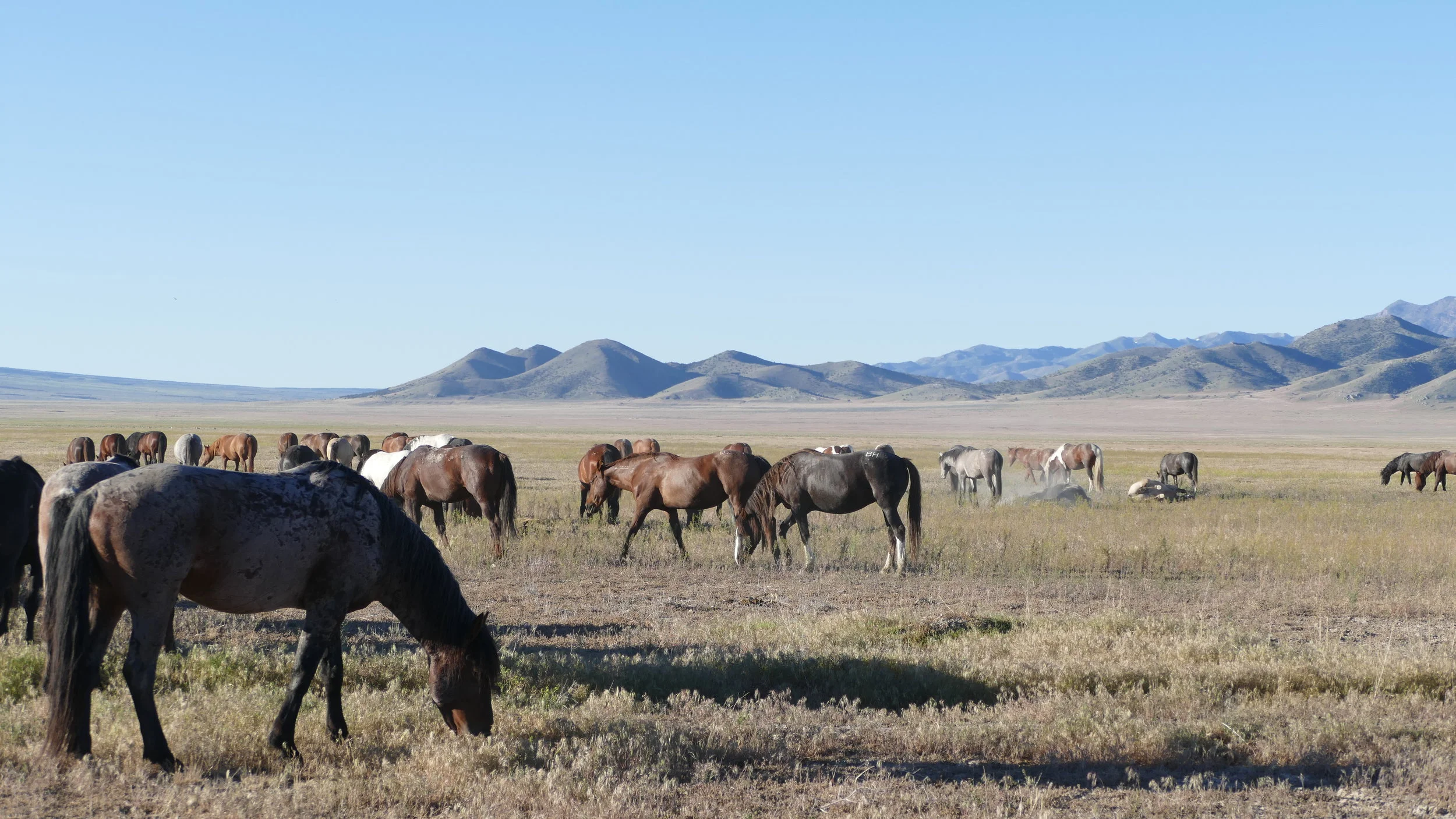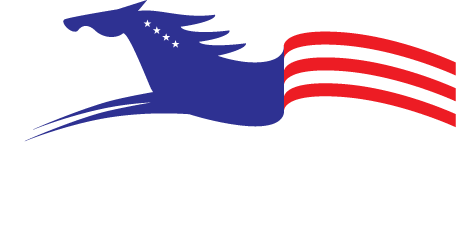
YOUR LAND

AS AMERICANS IT IS OUR RESPONSIBILITY TO HELP MAINTAIN AND MANAGE OUR NATIONAL RANGELAND AND ENSURE THAT THERE IS BALANCE AND STABILITY IN THE USE OF OUR NATIONAL RESOURCES TO SUPPORT THE LIVELIHOOD OF MUSTANGS AND OTHER SPECIES.

NATIONAL RANGELANDS
The American National Landscape Conservation System is made up of over 27 million-acres which includes 221 wilderness areas totaling 8.7 million acres, as well as 16 National Monuments 4.8 million acres. The Bureau of Land Management manages our public land resources for a variety of uses, such as: energy development, livestock grazing, recreation, and timber harvesting, while protecting a wide array of natural, cultural, and historical resources.
IMPACT ON THE ECOSYSTEM
The mustang population must be managed in order to achieve a natural ecological balance on the range. Learn more about what it takes to maintain that balance.
LAND USES
Learn more about how the millions of acres of our public land support multiple uses, including free-roaming mustangs, livestock grazing, wildlife, recreation, energy production and more.

YOUR HORSE

Let’s come together to discover who the American Mustangs are – where they are located, what they need and how we can all help to manage, care for and even adopt or buy one for our own.

MUSTANGS IN HISTORY
The first mustangs descended from Iberian horses brought to Mexico and Florida. Some of these horses were sold, escaped or were captured by Native Americans, and rapidly spread by trade and other means throughout western North America.
WHERE ARE MUSTANGS TODAY?
It is estimated that 67,000 wild horses are roaming on managed rangelands in 10 Western states, based on the latest data available as of March 1, 2016. Wild horses and burros have virtually no natural predators and their herd sizes can double about every four years. Off the range there are 46,000 other wild horses and burros fed and cared for at short-term corrals and long-term pastures.

GET INVOLVED

DONATE
Support the efforts of the Mustang Heritage foundation to increase mustang adoption.
Adopt / purchase
COMPETE
Learn more about how to adopt or purchase a mustang of your own.
Get engaged by competing in a wild horse training program.
spread the word
America needs to learn more about our mustangs. Share the website and your comments with friends and family. Use the website to learn and teach about the American Mustang.
CELEBRATE AMERICA’S MUSTANG
Our mission is through education we will be able to better understand the needs of the mustang and with interaction and personal contact, we will experience their beauty and spirit. When seen in competition we are able to fully comprehend the talents of the mustang and realize the tremendous impact they have on creating the America we know today.
NATIONAL EVENTS
Click the link below to see where you can find us this year!







